Let’s take a look at 10 yoga poses that help strengthen the core, and the benefits they can add to your daily life. Core strength is at the center of all the daily movements have to make, so core strength can truly, make or break you.
What are Core Muscles?
Core muscles are a group of muscles that surround the spine, the abdomen, and the hips. They are also muscles that join our upper body to our lower body. This is why everything we do in our daily life uses these muscles. From sitting long hours at your desk to playing sports, everything can be affected if your core is weak.
Why Core Muscles are Important
Core muscles create balance in the body. It also stabilizes your body. If you were to hurt or somehow weaken your core, you would find doing basic activities like chores, tying shoelaces, and more, either impossible or incredibly painful to do. This is because of all normal movements like bending over to pick something, twisting to grab something behind you, walking, sitting, and more using your core.
Yoga Poses for Core Muscles
Here is a list of the best yoga poses that one could perform to improve the strength of core muscles. Performing these yoga exercises could help improve the overall movements of a person. So, read below to know about these poses in detail.
1. Cat Cow Stretch or Chakravakasana

This asana or yoga pose is a pretty simple one that beginners can try out to not only strengthen their core, but also fight back problems, make the spine stronger, and promote good digestion.
To do this, get on your hands and knees, then bend your spine inward, toward the ground as you breathe in. Draw your shoulder blades closer together, and keep your face looking up and forward. Now slowly, as you breathe out, you can get into the second pose.
Next, breathe out, and bend your back and spine upward while staying on your hands and knees. Pull your face inward towards the chest, but don’t touch the chin to your chest.
2. Downward Dog or Adho Mukha Svanasana

The downward dog is one of the most popular yoga poses out there. Anyone who has ever tried to do yoga would have come across this pose- and for good reason. The exercise is as simple as they come while having full-body benefits. That’s not something you can say for many workouts.
The downward dog is an inverted asana or poses that sends blood to the brain. It helps open up sinuses, helps alleviate asthma symptoms, stretches different muscles in the body out, helps create better balances, and more.
It even helps stabilize smaller groups of muscles in the feet that help in walking or running, and thus keeps you from having frequent small accidents.
Doing this pose is very simple. Stand up with both your feet together, and with your hands stretched up above you, and bend down slowly in an inverted triangle Ensure that your hands are flat on the ground, and draw your back inwards towards your knees, instead of arched out. As you breathe in, stretch and stand up again.
3. The Half-Moon Pose or Ardhachandrasana

This asana is not one to try out in an introductory yoga session. Ardhachandrasana is a complex pose that stretches the back muscles, stimulates the stomach, strengthens the core, and much more.
Moreover, the balance required to do this helps you build balance but also strengthens muscles that are used for balance in our daily lives. This ensures that you don’t fall as often, and have more body awareness.
To do this pose, the best place to start is at the mountain pose. However, you can start standing up, just put your hands up over your head and stretch them upwards.
Then slowly bend and put your right hand in front of your right foot. The palm of your hand should be in line with your shoulders, meaning don’t put it too close to the foot or too far away.
Keeping it in a straight line will help balance your body properly. Now lift your left leg up at a 90-degree angle, in line with your back. Now place your left hand on your hips, and slowly raise it up till it’s a total 180 with the right hand.
Stare at a single point in front of you since it helps keep the balance and also improves focus.
4. Snake Pose or Sarpasana

The snake pose is another easy pose that stretches the core, improves balance, provides relief from back pain, strengthens neck muscles, and aids in digestion. This is a great pose to add to your routine if you are used to sitting in front of the computer for hours. It reverses the effects of sitting hunched over at your desk, which puts a lot of pressure on your back and neck.
To do this pose, lie on your stomach with your feet stretched out. As you inhale, pull your arms up, place your elbows on the ground in line with your shoulders, lift your head and chest up and look straight ahead. Keep the position for 10 seconds to gain maximum benefits.
5. Wheel Pose or Chakrasana

The wheel pose is a very popular advanced pose and is usually the pose photographed most often. This pose is an immediate solution to any back issues you may be facing due to sitting with an arched back all day.
Any issues your may face due to bad posture, this asana can reverse. It not only works on the core, but also on the hips, hamstrings, and spine.
Before you start, you can either be standing up or lie down on your back. Bending over backward from a standing position is incredibly hard and requires lengthy practice.
To do this, as you stand up, put your arms, outstretched, above your head. Then slowly, with your palms facing upwards, exhale and curve your back as you bend back.
Your palms should lay flat on the ground, and try to pull your hands as close as you can to your heels without lifting your palms. Your feet should also be planted flat on the ground.
6. Ardha Matsyendrāsana or Half Lord of the Fishes Pose

This is also called the spinal twist pose by some because that is exactly what it does. This twisting movement alleviates pressure from the back and neck, helps ease shoulder pain, tones muscles in the arms and legs, and stretches the hip muscles, among a plethora of other benefits. This asana is almost like an internal massage too and can help lessen gas or bloating.
To do this pose, sit up with your legs stretched out in front of you, hands to the side. Now pull your left leg and bend over the right leg and pull the heel towards the right hip.
The knee should be upright, in front of your face. Now pull the right leg so that the heel lays on the side of the left hip. This leg will be flat. Now twist your body to look backward. Use your left elbow to push against the right knee, and place your right hand behind your back.
7. Triangle Pose or Trikonasana

Another asana of medium difficulty, Trikonasana helps the core while engaging spinal muscles, stretching out hips, shoulders, and back, and engaging the entire body.
To this, stand with your feet apart in a ‘V’. Hold both hands parallel to the shoulders. Now, take one hand, twist your body down and touch the opposite feet.
While you do so, pull the other hand upwards and make a straight line with the hand touching the foot. Then look up towards the hand facing up.
8. Plank Pose or Phalakasana

This is another popular pose that makes the whole body work hard without any movement. The plank pose is a workout for everything from your glutes, to your core. However deceptively simple it may look though, the pose is not a simple one to hold.
The best way to start this pose would be from the mountain pose. From that, lower your hips and lengthen your legs. Your hands should be straight with palms on the ground. Your feet will be balanced on your toes.
9. Boat Pose or Navasana

Navasana is yet another deceptively easy looking pose. To start, sit up on the floor, feet together and stretched in front of you. Your back should be straight at this point. Slowly bend your whole upper body back till you are putting your your weight at the center of your hips.
Then slowly raise your legs straight up to a 45° angle, without bending your back. Your body should look like a ‘V’ at this point, and the weight should be on your hips, not on your tailbone.
10. Bridge Pose or Setu Bandh Sarvangasana

This is not the easiest pose to do, but like its Sanskrit name suggests, this is a pose that works for the whole body. From leg muscles, core, back, neck, hands, there is no part of the body that doesn’t benefit from this pose.
Start with lying down with your knees bent and with your legs parallel to your feet with the distance of your hips between your feet. Then slowly raise your hips, thrusting your pubic bone up and out.
Hold your hands together under your body, and put the weight on your shoulders. Push up as much as possible while keeping your feet pressed to the ground.
We hope you liked this article and gained a lot of valuable information regarding the best yoga poses for core. For more interesting and useful articles, keep visiting USA Periodical.















